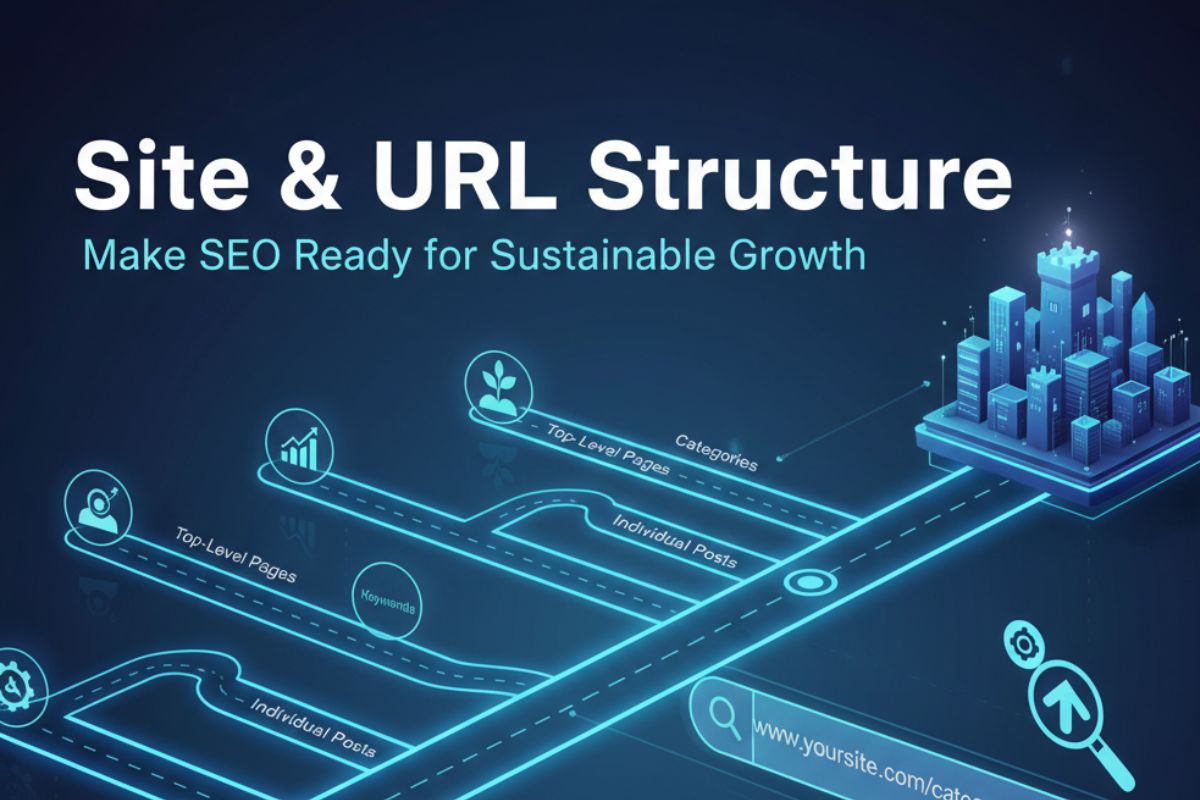No matter how technology advances, emails will hold their place as one of the most reliable forms of communication for businesses. However, to ensure smooth communication, it is important for your emails to land in the inboxes of the recipients.
The most frustrating part of email communication is your messages landing in the spam folders. Now, the question here is how to prevent that?
We understand the feeling of seeing your emails being marked spam. Especially when you have done no wrong.
You might be doing right on your part, but missing something that you shouldn’t. And that could be the reason for landing in the spam folder. Well, don’t worry, in this post, we are going to talk about 10 tried and trusted tips to prevent your emails from going to spam.
Table of Contents
Toggle10 Ways to Prevent Your Emails from Being Marked Spam
1. Use a Recognizable “From” Name
One of the most common reasons why your emails are marked spam is a fancy yet unrecognizable email address. Spam filters are quick to flag fancy email addresses dumping your message into the spam folder.
For example, if your email address reads “marketing@hashtag.biz” or “noreply@john346.com,” you are raising a flag to spam filters.
Such IDs will land most of your emails to the spam folders. On the other hand, if your email address reads like “rupesh@digitalexperts.com,” not only your email will go into the inbox of the recipients but also reduces the chances of being marked spam.
Always use a real name and a branded email domain. Such addresses are easily recognizable and gives credibility to your brand identity.
2. Authenticate Your Domain
To avoid being flagged spam, email authentication is paramount. It says spam filters that “I am legit.” Without email authentication, you might not be able to establish yourself as a legitimate sender.
So, set up SPF, DKIM, and DMARC records. These authentication protocols confirms that you have the permission to send emails from your domain. This also helps stop spoofing.
- SPF (Sender Policy Framework): Verifies which servers are allowed to send on your behalf.
- DKIM (DomainKeys Identified Mail): Adds a digital signature to confirm the email wasn’t altered.
- DMARC (Domain-based Message Authentication, Reporting & Conformance): Ties SPF and DKIM together and tells receiving servers what to do with suspicious emails.
3. Avoid Spam Trigger Words
Spam filters are on high alert for shady-sounding phrases like:
- “Free money”
- “Act now”
- “Earn $$$”
- “100% guaranteed”
- “Click here!”
Even if your offer is legit, these words make you look like a scammer. Tone it down. Write like a real person having a real conversation.
Use natural language that matches your brand voice. If you wouldn’t say it to someone face-to-face, don’t put it in your subject line.
4. Keep Your List Clean
Emailing people who didn’t sign up, or who forgot they did, is one of the fastest ways to end up in spam. Worse, high bounce rates and spam complaints can get your entire domain blacklisted.
Here’s what you can do:
- Use double opt-in: It ensures subscribers truly want your emails.
- Regularly remove inactive users: If someone hasn’t opened your last 10 emails, it’s time to let go.
- Never buy lists: Seriously. Ever.
Focus on quality rather than quantity.
5. Craft a Clear, Honest Subject Line
Misleading subject lines are not only spammy—they’re illegal under the CAN-SPAM Act. Don’t trick people into opening an email with “Re: Your Refund” if there’s no refund involved.
Good subject lines are:
- Clear
- Honest
- Relevant
And avoid writing in ALL CAPS or using too many exclamation marks!!! That’s a one-way ticket to the junk folder.
6. Balance Text and Images
An image-heavy email with barely any text looks like a red flag to spam filters. The ideal mix? Keep your text-to-image ratio at around 60:40.
Also, always use alt text for images in case they don’t load, and never send an email that’s just one giant image.
Oh, and make sure your design is mobile-friendly—because most people open emails on their phones.
7. Include a Clear Unsubscribe Link
This might seem counterintuitive, why make it easy for people to leave?
Because it’s not just polite. It’s required by law (again, shoutout to the CAN-SPAM Act). More importantly, if users can’t easily opt out, they’ll mark your message as spam, which hurts your sender reputation.
Make your unsubscribe link:
- Easy to find
- One-click, no hassle
- Transparent (no hiding it in white text at the bottom)
Trust builds long-term loyalty. Spam doesn’t.
8. Use a Reputable Email Service Provider (ESP)
Not all ESPs are created equal. Cheap or unknown platforms often share sending IPs with shady users, and if one of them gets blacklisted, you’re guilty by association. That’s why choosing a Reputable Email Service Provider is crucial — it ensures you’re not sharing resources with spammers and protects your deliverability.
Stick with reputable service providers like:
- Mailchimp
- ConvertKit
- ActiveCampaign
- Getsvision Solutions
- Sendinblue
These platforms actively manage their sending infrastructure and give you tools to monitor deliverability.
9. Warm Up Your Domain and IP
If you’re just starting out or switching ESPs, don’t blast 10,000 contacts on Day 1. Spam filters hate sudden spikes in volume from new domains.
Instead, gradually increase your sending volume over a couple of weeks. This “warming up” process helps build trust with inbox providers.
Start small, maybe 50–100 emails per day, and slowly ramp up. Prioritize your most engaged contacts early on to generate opens and clicks.
10. Monitor Your Reputation and Engagement
Deliverability is not “set it and forget it.” Keep an eye on:
- Open rates
- Click rates
- Spam complaints
- Bounce rates
Also, check your sender reputation using tools like Google Postmaster Tools, Sender Score, or Mail-Tester.
Low engagement signals inbox providers that users don’t want your content, which increases the chance your emails get flagged.
If you notice open rates dropping, tweak your subject lines, send times, or segment your audience better.
Final Thought: Play the Long Game
There’s no silver bullet to stop emails from going to spam, but there is a system.
It’s about building trust, sending value, and respecting your subscribers. Spam filters are getting smarter, but so can you.
Apply these 10 steps consistently, and over time, your email deliverability will improve. More opens, more clicks, more results, without ending up in the digital mess of the spam folder.





